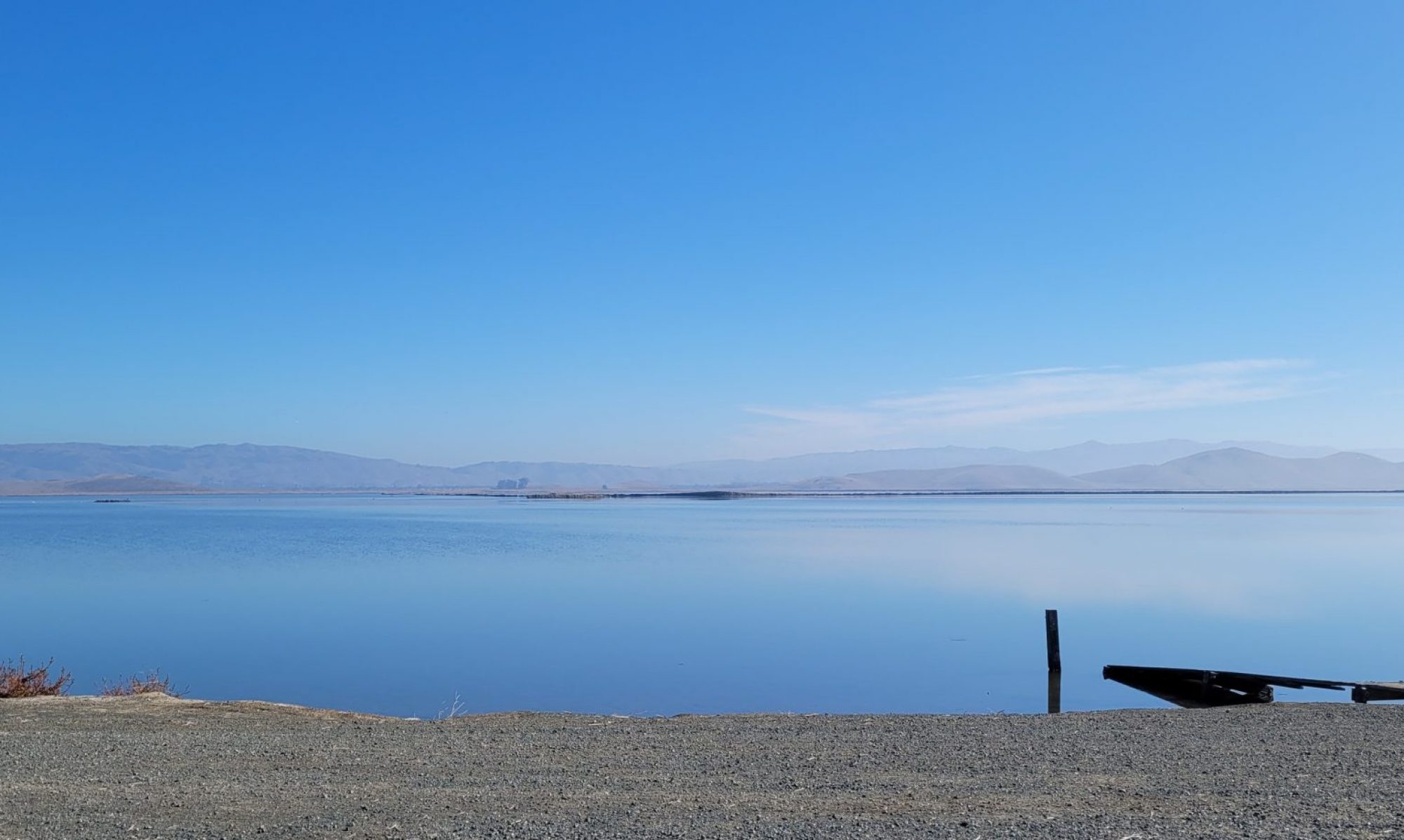
In honor of World Dinosaur Day, I’ve decided to inaugurate the first ever annual World Dinosaur Day post. I’ll start by reminding you, dear reader, that I have written a book all about paleontology, The A to Z Dinosaurs, full of fun little tidbits about these magnificent reptiles. With that sponsor’s message out of the way, let’s talk about some of the latest dinosaur research. I’m going to call it DRAMA, INDUSTRY, MAGIC! That is, drama among the paleontologists, industrialists helping out their scientific friends, and magical new technology uncovering hidden secrets.
World Dinosaur Day was designated as such by cartoonist Joe Wos back in 2016. Wos is a well-known illustrator who helped found a small cartoon museum in Pittsburgh, had a website, was noted as a visiting cartoonist to the Schulz museum here in Northern California–the guy does a lot of things. Lots of ideas. Lots of projects. Museum now closed; website gone; lots of 404 links. He’s available for speaking events but has not, according to his personal site, said much about dinosaurs. However, his Dinosaur Day idea caught on, and museums and educators have enjoyed pitching a tent on it, even if Joe seems to have wandered away. Thanks anyway, Joe Wos! Who wouldn’t want another excuse to celebrate dinosaurs?
Continue reading “Pushing the Boundaries of Dinosaur Knowledge”

